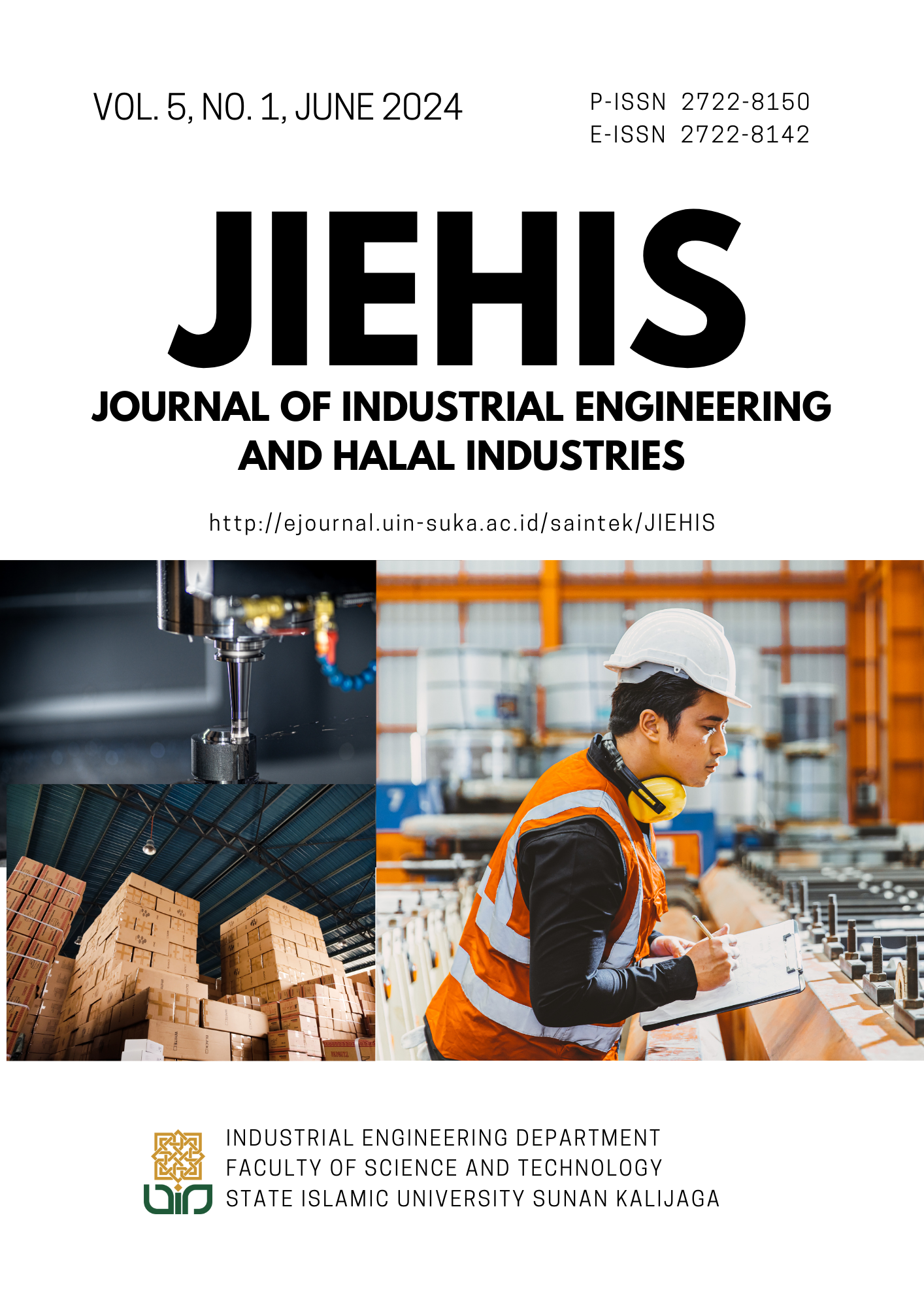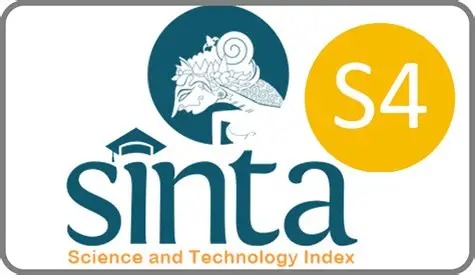Sentiment Analysis of PeduliLindungi User Using Naïve Bayes Classifier Algorithm and Support Vector Machine
DOI:
https://doi.org/10.14421/jiehis.4672Keywords:
Classification, Naïve Bayes Classifier, PeduliLindungi, Sentiment Analysis, Support Vector Machine, Word AssociationAbstract
The Indonesian government is attempting to track the spread of the virus by creating an application named “PeduliLindungi” to deal with the coronavirus's exponential increase in cases across the country. Because it has a feature to disclose the user's location immediately, it is envisaged that this program can reduce the transmission of viruses in monitoring. Indonesians have used the PeduliLindungi, and there are user reviews of both positive and negative experiences. Therefore, to enhance these services, an assessment is required. The text mining method can extract information from users' reviews to collect this data. This method's application additionally uses the Naive Bayes Classifier and Support Vector Machine algorithms, which analyze word associations and do a classification evaluation of the data's accuracy. Based on the two methods' calculations, the NBC algorithm's average classification accuracy was 83.81%, and the SVM algorithm was 93.84%. Following that, discoveries on words that frequently exist or are used by people are obtained through word associations in the sentiment analysis of positive or negative reviews.
References
Abidin, N. Z., Remli, M. A., Ali, N. M., Phon, D. E., Yusoff, N., Adli, H. K., & Busalim, A. H. (2020). Improving intelligent personality prediction using Myers-Briggs type indicator and random forest classifier. International Journal of Advanced Computer Science and Applications, vol. 11, no. 11.
Ciocodeica, D. F., Chivu, R. G., Popa, I. C., Mihalcescu, H., Orzan, G., & Bajan, A. M. (2022). The Degree of Adoption of Business Intelligence in Romanian Companies—The Case of Sentiment Analysis as a Marketing Analytical Tool. Sustainability, vol. 14, no. 12, 7518.
Fang, X., & Zhan, J. (2015). Sentiment analysis using product review data. Journal of Big Data, vol. 2, no. 1, 1-14.
Fitri, V. A., Andreswari, R., & Hasibuan, M. A. (2019). Sentiment Analysis of Social Media Twitter with case of Anti-LGBT Campaign in Indonesia using Naive Bayes, Decision Tree, and Random Forest Algorithm. Procedia Computer Science, Vol. 161, 765-772.
Gupta, V., & Lehal, G. S. (2009). A survey of text mining techniques and applications. Journal of emerging technologies in web intelligence, vol. 1, no. 1, 60-76.
Hakim, L., Sartono, B., & Saefuddin, A. (2017). Bagging-based ensemble classification method on imbalance datasets. Repositories-Dept. of Statistics: IPB University.
Hassan, S., Rafi, M., & Shaikh, S. (2011). Comparing SVM and Naïve Bayes classifiers for text categorization with Wikitology as knowledge enrichment. IEEE 14th International Multitopic Conference, 31-34.
Indonesia, M. o. (2022).
Isnain, A. R., Marga, S. N., & Alita, D. (2021). Sentiment Analysis Of Government Policy On Corona Case Using Naive Bayes Algorithm. IJCCS (Indonesian Journal of Computing and Cybernetics Systems), vol. 15, no. 1, 55-64.
Kesumawati, A., & Utari, D. T. (2018). Predicting patterns of student graduation rates using Naïve bayes classifier and support vector machine. AIP Conference Proceedings, vol. 2021, no. 1.
Kowsari, K., Meimandi, K. J., Heidarysafa, M., Mendu, S., Barnes, L., & Brown, D. (2019). Text classification algorithms: A survey. Information, vol. 10. no. 4, 150.
Ranjan, N. (2015). A Survey On text Mining Analytics and Classification Techniques For text Mining. Int. J. of Dev. Research, vol. 5, 5952-5955.
Ray, S. (2019). A quick review of machine learning algorithms. In 2019 International conference on machine learning, big data, cloud and parallel computing (COMITCon), 35-39.
Saleh, A. (2015). Implementation of Naïve Bayes Classifier Method for Predict Amount of Household Electricity Use. Citec Journal, 209-210.
Senellart, P., & Blondel, V. D. (2008). Automatic discovery of similar words. Survey of text mining II: clustering, classification, and retrieval, 25-44.
Vapnik, V. N. (1999). An Overview of Statistical Learning Theory. IEEE transactions on neural networks vol. 10, no. 5, 988-999.
Vapnik, V., & Cortes, C. (1995). Support Vector Machine. Machine Learning, vol. 29, 273-297.
Downloads
Published
How to Cite
Issue
Section
License
Copyright (c) 2024 Rizki Rahmatullah, Jundi Nourfateha Elquthb, Fanya Nindha Al-Qurani, Annisa Uswatun Khasanah

This work is licensed under a Creative Commons Attribution-ShareAlike 4.0 International License.
(c) The Author(s). This article is distributed under a Creative Commons Attribution-ShareAlike 4.0 International License.






